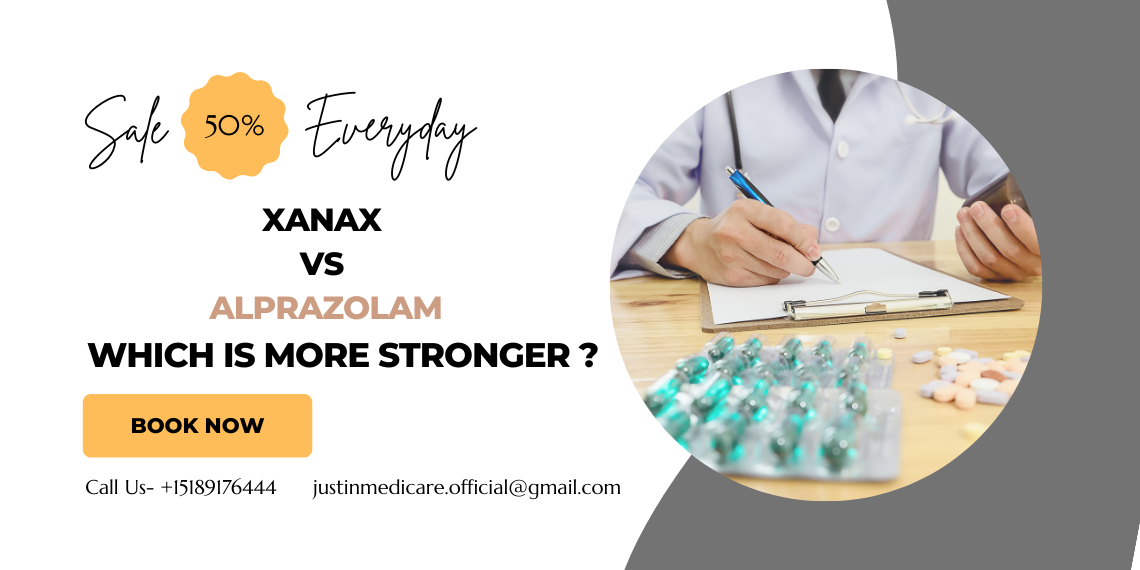
Choosing between brand-name Xanax and generic for Xanax (alprazolam) often leaves patients wondering if they’re getting the same medication. Nearly 90% of all prescriptions filled in the United States are for generic medications, yet questions about effectiveness, safety, and cost differences remain common among anxiety sufferers.
Many patients report feeling uncertain when their pharmacy switches them from the familiar Xanax to its generic counterpart. However, understanding the key similarities and differences between these medications can help you make informed decisions about your treatment. Additionally, knowing how these medications compare in terms of ingredients, effectiveness, side effects, and cost can significantly impact both your health outcomes and your wallet.
This comprehensive guide examines what truly matters when choosing between Xanax and generic alprazolam. From FDA regulations to real-world effectiveness, we’ll address the questions that patients frequently ask their healthcare providers about these widely prescribed anxiety medications.
What is the difference between Xanax and generic Alprazolam?
The fundamental distinction between Xanax and generic alprazolam lies in branding rather than medical properties. Understanding this difference helps patients make informed decisions about their anxiety medication options.
Brand vs. generic: what it really means
At its core, alprazolam is simply the active ingredient in Xanax. In fact, alprazolam is also the generic version of the medication. This relationship is often misunderstood by patients who wonder if they’re getting “less” when prescribed a generic.
Generic alprazolam is an exact copy of the active drug found in brand-name Xanax. The primary difference is that one carries a recognized brand name while the other doesn’t. Both medications treat the same conditions – generalized anxiety disorder and panic disorder – and follow identical dosing guidelines 1.
Interestingly, patient satisfaction appears nearly identical between the two options. Both Xanax and generic alprazolam received an average rating of 8.6 out of 10 from patient reviews. Furthermore, approximately 82-83% of users reported positive effects from both medications, while only 8-9% noted negative experiences.
Are the ingredients the same?
While the active ingredient must be identical between brand-name and generic medications, there are subtle differences worth noting. The FDA requires the active ingredient (alprazolam) to be the same in both formulations, but other components may vary.
Every pill contains more than just the named drug molecule. Generic medications typically contain different “excipients” – the inactive ingredients that serve as fillers, stabilizers, and other components 3. These differences in inactive ingredients explain why generic alprazolam tablets may look different from Xanax tablets despite containing the same medication.
Most importantly, generic manufacturers must prove their formulation has the same (or very similar) pharmacokinetic properties as the original compound. This means a dose of generic alprazolam must produce the same blood level, half-life, distribution throughout the body, and clearance rate as Xanax.
FDA regulations for generics
The FDA maintains strict standards for approving generic medications. Generic drug manufacturers must adhere to the same manufacturing standards as brand-name companies. Nevertheless, the approval process differs somewhat between brand and generic medications.
For new brand-name drugs like Xanax, companies must conduct extensive clinical trials demonstrating both safety and efficacy. For generics, manufacturers aren’t required to repeat these full clinical trials because the brand-name medication has already proven effective. Instead, they must demonstrate bioequivalence – proving their medication works the same way in the body.
To gain FDA approval, generic alprazolam must:
- Contain the identical active ingredient as Xanax
- Be administered in the same way (oral tablet)
- Be bioequivalent (reach the same blood concentration over the same time period)
- Meet the same batch requirements for identity, strength, purity, and quality
Although some patients express concerns about generic quality, data from the FDA shows that 90% of all prescription drugs in the US are filled with generics 1, suggesting widespread acceptance by both healthcare providers and patients.
While most evidence indicates generics and brand-name medications are equally effective, occasional studies do find subtle differences. For instance, one 2020 study comparing brand-name and generic antidepressants found slightly lower hospital visit rates among brand-name users 1.
How do Xanax and Alprazolam compare in effectiveness?
When it comes to managing anxiety and panic disorders, the question of effectiveness between brand-name Xanax and generic alprazolam remains paramount for patients seeking relief. Clinical data provides clear insights into how these medications perform in real-world settings.
Onset of action and duration
The speed at which a medication takes effect can be crucial for patients experiencing acute anxiety or panic attacks. Both brand-name Xanax and generic alprazolam reach peak plasma concentration within 1-2 hours after oral administration 4. Specifically, studies show that patients achieve 90% of peak benefit within the first hour for both formulations.
Mean time to peak benefit is nearly identical between the two forms—1.5 hours for regular tablets versus 1.6 hours for extended-release versions. This rapid onset makes both medications effective options for acute anxiety relief.
A significant difference appears, nonetheless, in how long the therapeutic effects last. The standard formulation of alprazolam (whether brand or generic) provides relief for approximately 5.1±1.7 hours, whereas the extended-release formulation sustains therapeutic action for 11.3±4.2 hours. This extended duration can be particularly beneficial for patients requiring longer anxiety control without frequent dosing.
Though the medication may remain detectable in the body for up to 134.5 hours, the calming and relaxing effects typically wear off within 8-12 hours. This pharmacokinetic profile explains why many patients require multiple daily doses of the standard formulation.
Treating anxiety and panic disorders
Both Xanax and generic alprazolam share identical FDA-approved indications: the treatment of generalized anxiety disorder (GAD) and panic disorder with or without agoraphobia. For anxiety disorders, improvement generally occurs within a week of beginning treatment.
For panic disorder, clinical evidence suggests the benefits of alprazolam typically last between four to ten weeks. Subsequently, some patients have been treated on an open basis for up to eight months without apparent loss of therapeutic benefit.
A 2023 meta-analysis examining alprazolam extended-release formulations for panic disorder found somewhat underwhelming results—only one of five clinical trials (20%) demonstrated positive efficacy outcomes. The effect size for panic disorder treatment ranged from small (0.33) to moderate (0.47) 4.
Moreover, a separate meta-analysis comparing alprazolam to other benzodiazepines found no significant differences in efficacy for panic disorder treatment. This analysis examined improvement in panic attack frequency, anxiety rating scale scores, and the proportion of patients becoming panic-free, finding comparable results across benzodiazepine medications.
Patient-reported outcomes
Perhaps the most compelling evidence of comparable effectiveness comes from patient ratings. According to Drugs.com user reviews, alprazolam and Xanax received identical average ratings of 8.6 out of 10 7. Furthermore, the proportion of patients reporting positive effects was remarkably similar—83% for alprazolam versus 82% for Xanax.
The negative experience rates were likewise comparable, with 8% of alprazolam users and 9% of Xanax users reporting negative effects 7. The side effect profiles remained consistent across both formulations, with common issues including:
| Side Effect | Alprazolam | Xanax |
|---|---|---|
| Anxiety | 6.5% | 5.5% |
| Addiction | 4.9% | 5.6% |
| Withdrawal | 4.6% | 5.3% |
| Drowsiness | 4.3% | 4.5% |
While most patients experience similar outcomes regardless of formulation, individual responses can vary. One documented case report described a patient who “had a good clinical response to brand name Xanax and did not respond well to the generic equivalent Alprazolam”. Such cases, though seemingly rare according to overall satisfaction data, highlight the importance of personalized medicine approaches.
Overall, the clinical and patient-reported evidence suggests that for most individuals, generic alprazolam provides effectiveness comparable to brand-name Xanax in treating anxiety and panic disorders.
Side effects and safety concerns
Beyond comparing effectiveness, understanding the safety profile of both Xanax and generic alprazolam is essential for patients considering these medications. Both share identical side effect profiles since they contain the same active ingredient.
Common side effects
Patients taking either Xanax or generic alprazolam frequently experience similar reactions. The most common side effects include drowsiness, dizziness, lightheadedness, and coordination problems. Memory issues and confusion are also frequently reported, alongside trouble concentrating.
Physical side effects typically include:
- Dry mouth and changes in appetite
- Nausea or constipation
- Headaches and sometimes blurred vision
- Changes in sex drive or performance
Notably, some patients experience paradoxical reactions where the medication actually increases anxiety or agitation instead of reducing it . These reactions appear equally in both brand-name and generic formulations.
Addiction and withdrawal risks
One of the most concerning aspects of alprazolam use is its potential for physical dependence. Regular use for as little as 2-4 weeks can lead to dependence, with approximately 40% of patients using benzodiazepines for six months or longer experiencing moderate to severe withdrawal symptoms.
Withdrawal from alprazolam can produce serious physical and psychological symptoms, including:
- Anxiety, insomnia, and irritability
- Muscle cramps, tremors, and seizures
- Nausea and vomiting
Critically, attempting to stop alprazolam “cold turkey” can be dangerous and potentially life-threatening. Withdrawal symptoms may last several weeks to months, requiring medical supervision during discontinuation.
Warnings for older adults and pregnant women
Adults over 65 face heightened risks when taking alprazolam. Research shows elderly users have significantly increased risk of falls, hip fractures, and cognitive impairment. Furthermore, individuals over 80 years old are particularly vulnerable to side effects.
The risk of suicide in older adults taking benzodiazepines is four times greater than non-users, and long-term use has been associated with dementia risk.
For pregnant women, alprazolam carries significant dangers. The medication is classified as pregnancy category D, meaning it can harm pregnancies. Studies show alprazolam exposure during pregnancy is associated with:
- 2.38 times higher risk of spontaneous abortion
- 3.65 times greater likelihood of low birth weight
- 2.19 times increased risk of low Apgar scores
Taking alprazolam during late pregnancy can cause “floppy infant syndrome” and neonatal withdrawal. Consequently, pregnant women should discuss alternative treatments with their healthcare providers, as medications like SSRIs might present safer options.
Interactions and usage guidelines
Safe medication usage requires understanding proper administration and potential interactions for both Xanax and generic alprazolam. First and foremost, proper guidelines minimize serious risks while maximizing therapeutic benefits.
Drug and alcohol interactions
Combining alprazolam with alcohol significantly increases sedative effects, potentially causing dangerous respiratory depression, unconsciousness, or even death. Even one drink with alprazolam can be hazardous. Similarly, taking alprazolam with opioids creates a lethal risk—approximately 16% of opioid overdoses involve benzodiazepines.
Other concerning interactions include:
- CYP3A inhibitors (ketoconazole, clarithromycin) which increase alprazolam concentration
- Grapefruit juice, which prevents proper alprazolam metabolism
- Other CNS depressants that intensify sedation
Safe dosage practices
Above all, never stop alprazolam abruptly—withdrawal can be life-threatening. Proper tapering involves reducing dosage by no more than 0.5mg every three days. Patients with kidney or liver impairment typically require lower doses as the medication remains in their system longer.
When to avoid use
Alprazolam is contraindicated during pregnancy (Category D) as it may cause neonatal sedation and withdrawal. As a result, pregnant women should discuss alternatives with healthcare providers. Older adults face heightened risks including falls and cognitive impairment, often requiring dosage adjustments.
Conclusion
Choosing between Xanax and generic alprazolam ultimately comes down to personal preference, medical needs, and financial considerations. Though both medications contain identical active ingredients, their price points differ dramatically. Generic alprazolam offers the same therapeutic benefits at 80-95% lower cost, making it an accessible option for most patients.
Despite common misconceptions, FDA regulations ensure generic versions maintain bioequivalence with brand-name medications. Patient satisfaction ratings underscore this equivalence, with both formulations receiving nearly identical scores of 8.6/10. Additionally, both medications share the same side effect profile and potential risks, particularly regarding addiction and withdrawal.
Safety concerns remain equally important regardless of which version you take. Consequently, proper dosing, awareness of drug interactions, and medical supervision during discontinuation are essential with either medication. Older adults and pregnant women should exercise particular caution and discuss alternatives with healthcare providers.
For most patients, generic alprazolam provides a cost-effective alternative without sacrificing quality or effectiveness. However, those with specific sensitivities to inactive ingredients might notice subtle differences between formulations. Therefore, communicating openly with your healthcare provider about any concerns ensures you receive the most appropriate treatment for your anxiety or panic disorder.
Still, medication represents just one aspect of comprehensive anxiety treatment. Whether you choose Xanax or generic alprazolam, these medications work best when combined with appropriate therapy and lifestyle modifications. After all, understanding your medication options empowers you to make informed decisions about your mental health care.
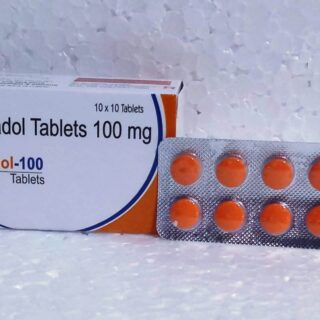

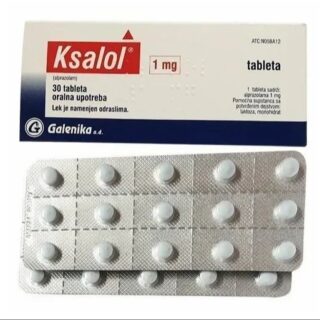
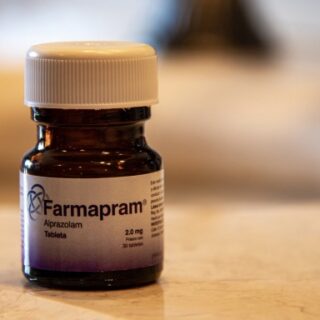
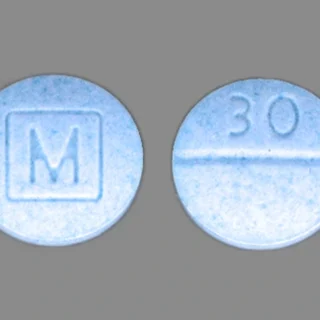

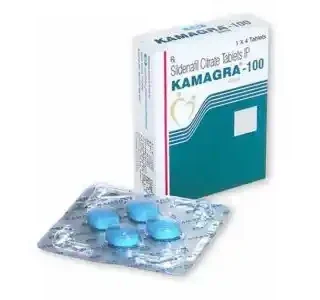
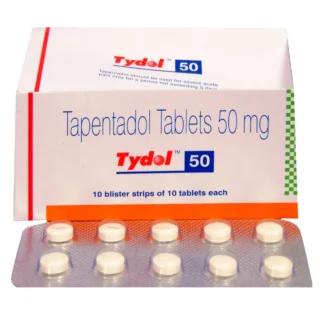
Leave a Reply